19 Ways to Help You Stay Cool Without Air Conditioning
If it’s hot inside and out, don’t sweat it with these tips


Summer is full of fun, from days by the pool to barbecues with the family. But, the hot summer months can also make hanging out indoors miserable if you don’t have air conditioning or if your AC goes on the fritz. Avoid melting into a puddle on scorching days by keeping cool with these 19 tips.
1. Run Fans
Ceiling fans or box fans move the air and make your skin feel cooler—even if the temperature remains the same. This cooling is called a “wind chill effect.” It also helps improve air circulation so it won’t feel stuffy inside on even the hottest summer days. Just be sure you have the right size fan for your home and set it to operate in the clockwise position, or else it won’t be as effective.
2. Install a Heat Pump
This one’s a bit of a cheat. While technically not an AC system, heat pumps are useful in the summer and operate like an air conditioner to keep your home nice and cold. They do this by absorbing and transferring indoor heat to the air outside while pulling in cool air and using a refrigerant to chill it before pumping it throughout your home.
3. Upgrade Your Roof
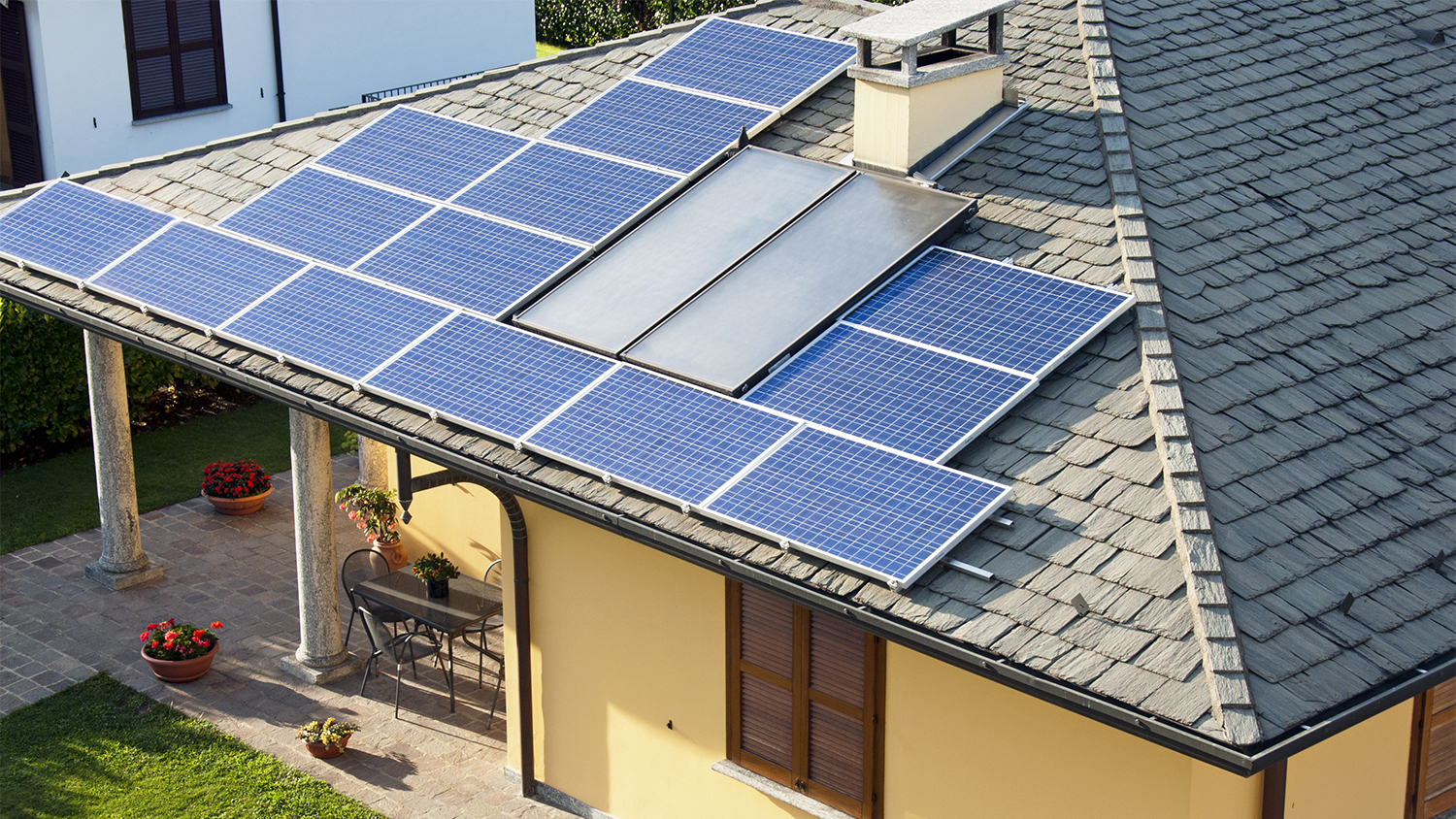
When it’s hot outside, you’re not the only one prone to sunburn—your roof is, too! Upgrade your shingles to an energy-efficient roof to reflect the sun’s solar rays up and away from your home. An Energy Star roof can reduce the peak temperatures in your home by as much as 10% to 15%, according to the organization.
4. Install an Attic Fan
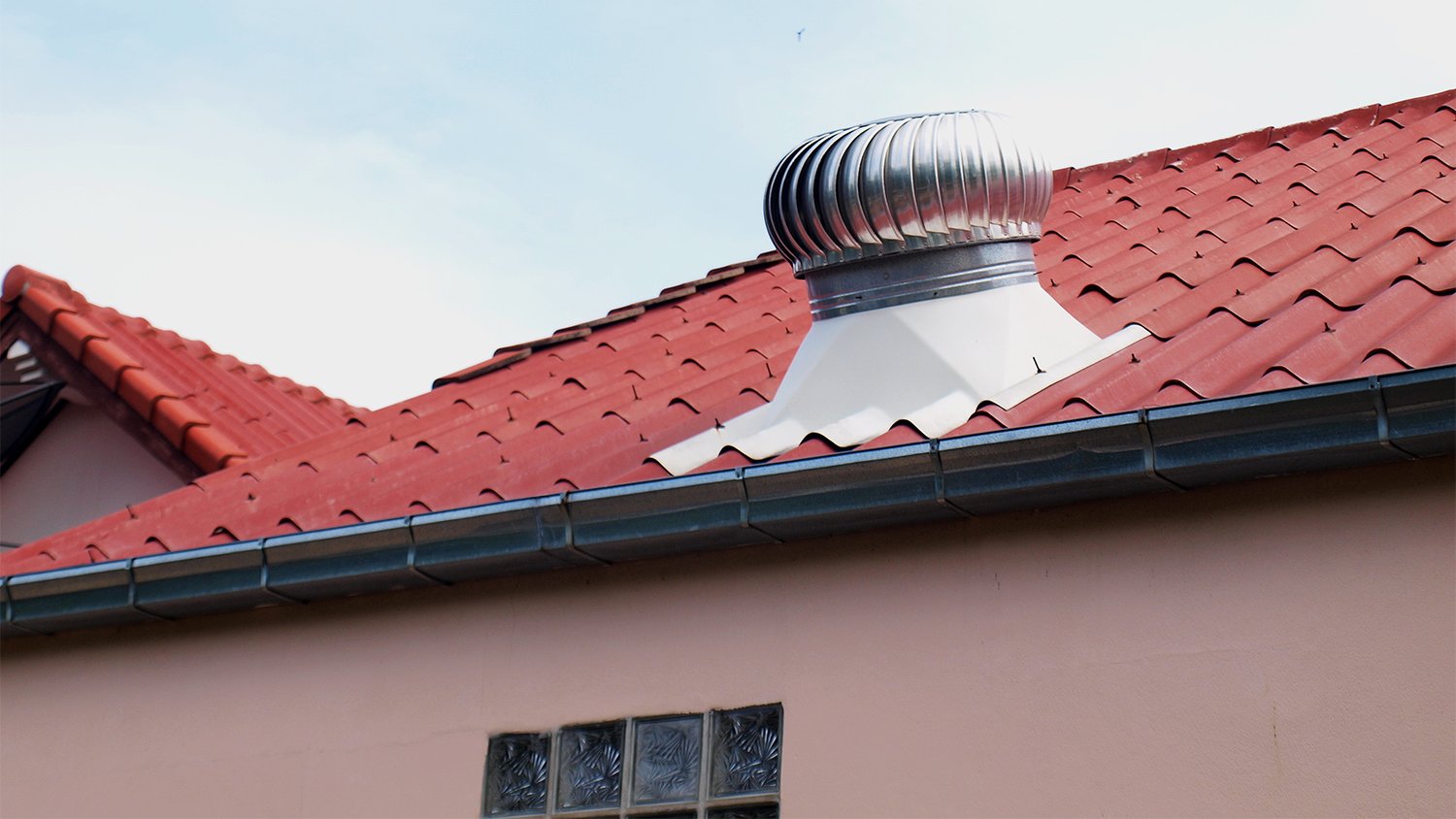
Don’t underestimate the power of an attic fan. Both electric and solar attic fans work to suck out the heat that has risen in your home while allowing cooler air to filter inside. Solar fans are effective enough to reduce your attic’s peak temperatures by up to 15 degrees Fahrenheit, according to a 2014 study.
5. Use Insulation Wisely
As heat rises and builds in your attic, it pushes back into the home, raising the temperature. That’s why it’s so important to know when to replace your insulation. Some insulation begins to deteriorate just 15 years after installation. An effectively insulated attic also helps the attic's structure and roof last longer. While you’re at it, ensure that your attic has a good ventilation system, such as a ridge or soffit vent.
6. Reflect Heat With Radiant Barriers
If you live in a place that’s warm year-round, consider installing radiant barriers in your attic. These barriers reflect the sun’s rays away from your home, lowering temperatures and cooling costs. You can reduce your total cooling costs from anywhere between 5% to 10% with radiant barriers during peak summer hours.
7. Weatherize Your Home
Who let the air in? In some cases, it’s those pesky cracks in your windows, doors, and foundation. Weatherize your home by installing solar window films, sealing your windows and doorways, and fixing cracks in your foundation. If you’re unsure where your home is leaking, hire a local home energy auditor to keep the heat out.
8. Cover Up Windows

Large windows, especially south-facing ones, soak up the sun and the heat if not shaded. According to Energy Saver, heat gain from windows accounts for 25% to 30% of your home’s cooling energy use, so without the AC, those temperatures will have a major impact on how hot it is inside. Keep your windows covered during the heat of the day with blinds, solar window film, and black-out curtains. According to The Department of Energy, the right shades can reduce solar heat by 60%.
9. Adjust Your Lighting
If you’re using incandescent light bulbs, you could be making your house unnecessarily warmer on an already hot day. Ditch the traditional bulbs and invest in LED lights. Energy Saver states that incandescent light bulbs release a whopping 90% of the energy generated as heat, while LEDs only give off minimal amounts of heat.
10. Hop in the Shower
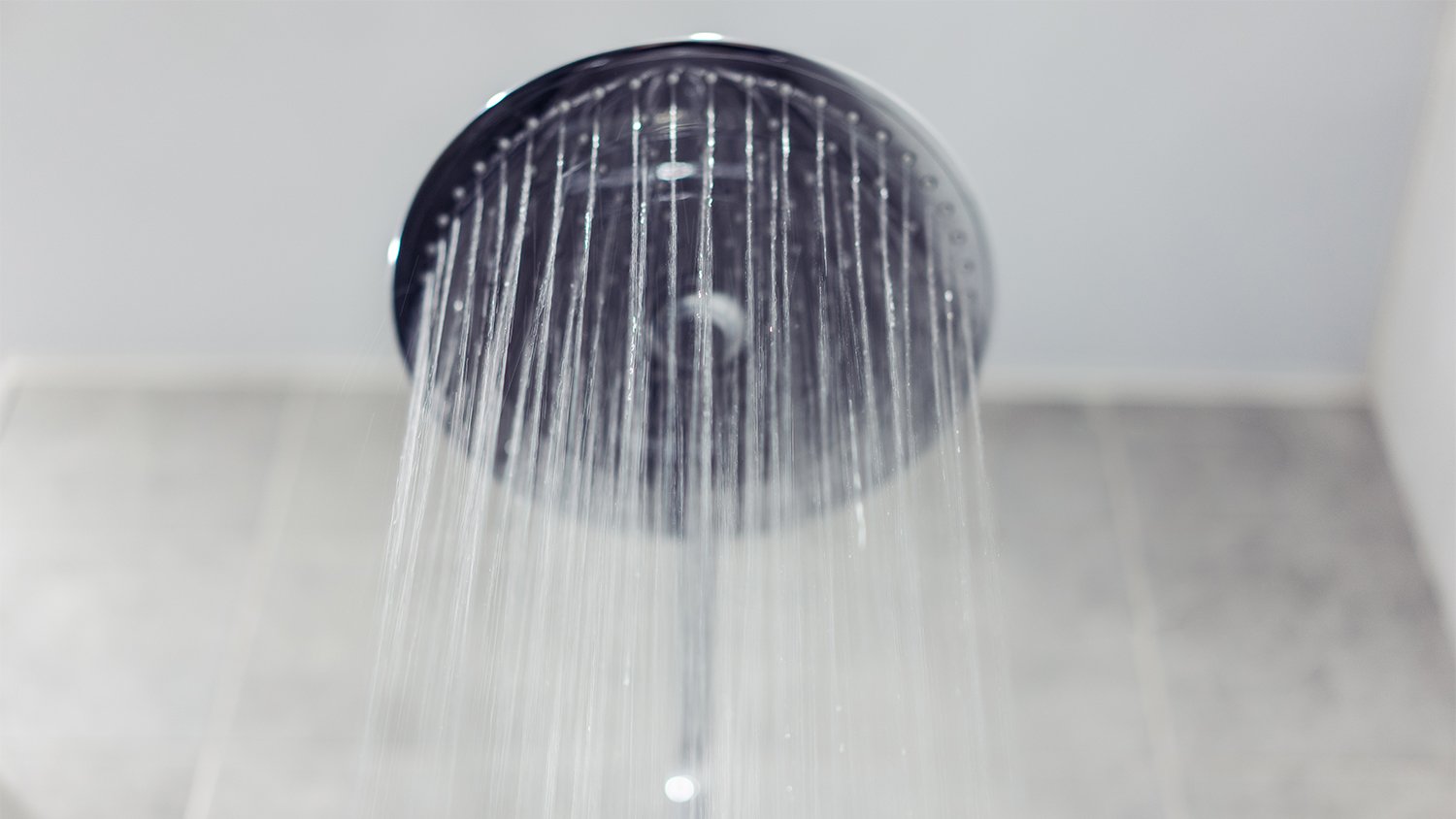
Sometimes, all you need is a quick hop in the (cold) shower to cool off for a little bit. If you’re still sweating and can’t seem to get cool no matter what you try, a cold shower will temporarily relieve you of the heat.
11. Use Cooling Towels
Some cooling towels cool up to 30 degrees Fahrenheit below standard body temperatures, helping to keep you chilled without the AC. If you don’t have one on you, a damp cloth will also do the job for a bit.
12. Dress the Part
If it’s hot outside, you obviously don’t want to break out your favorite sweater, but your clothing can play a bigger part than you realize. On warm days, you should aim to wear loose, light-colored clothing. Loose clothing allows your skin to breathe, sweat, and release heat, while light colors reflect sunlight, helping to keep you cool.
13. Stay Hydrated
With all that talk about energy and heat, remember that your home isn’t the only thing that might get overheated without the AC. Don’t skip drinking your daily 8 cups of water a day, and make sure it’s nice and cold. You might even need to drink more water if it’s extra hot inside and you’re sweating.
14. Don’t Cook Inside

As temperatures rise in your oven, they also heat the house. On hot days, try to fire up your charcoal or gas grill, prepare a cold meal, make a salad, or go out to eat. Running the dishwasher and laundry appliances, using the stove, and bathing (without using ventilating fans) also contribute to heat gain. While you can’t skip them all forever, limiting these activities to the cooler times of day, like mornings or evenings, can help.
15. Open Up the House
At sunset or in the early mornings, sometimes you can catch a cool breeze by opening up your doors and windows. This trick will only work if it’s cooler outside than inside your home, so when the heat and humidity rise, be sure to close up the house.
16. Build a Shaded Patio
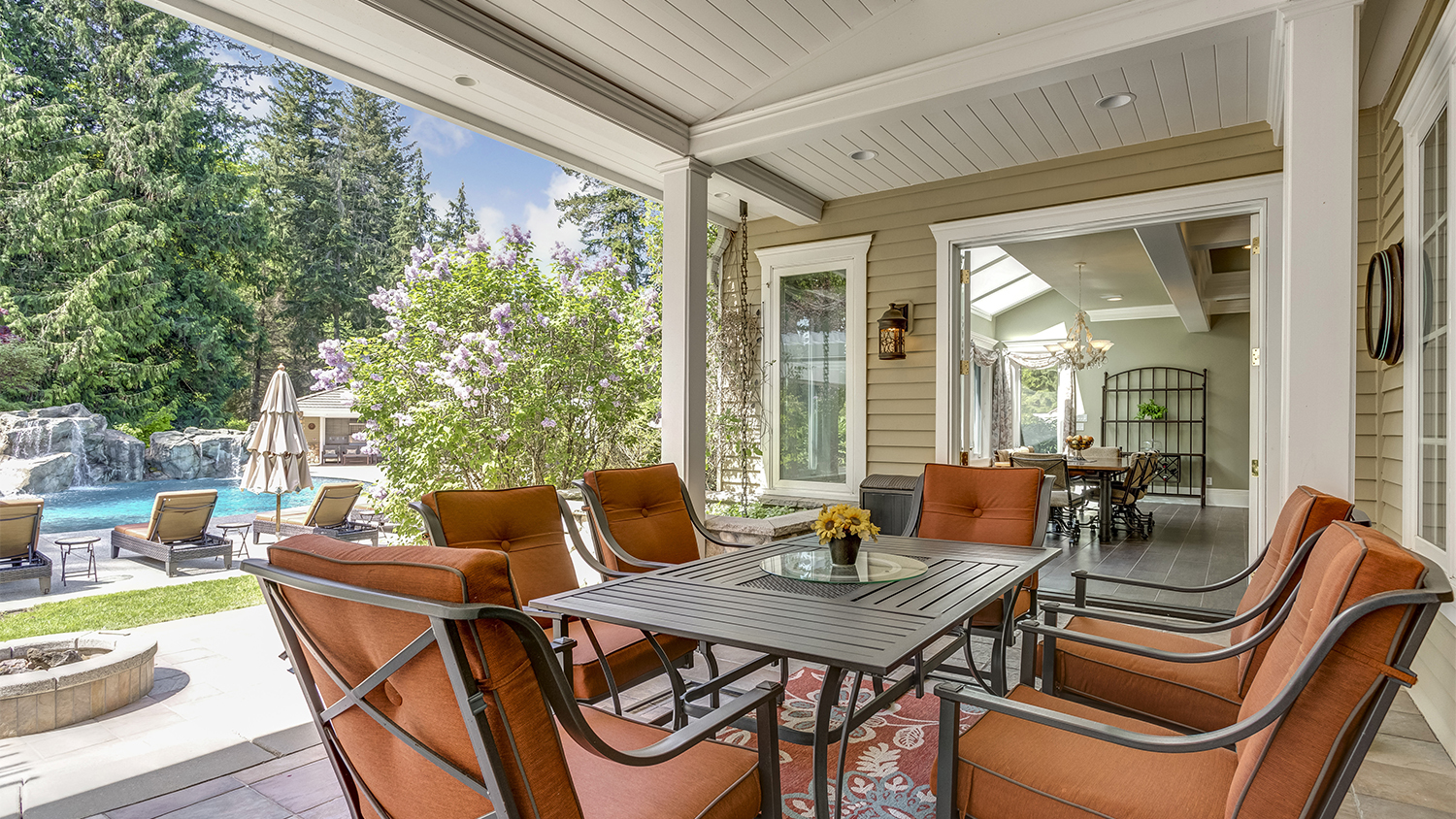
Speaking of breezes, one way to catch the breeze and enjoy the great outdoors on sweltering days is to relax in the shade. But finding shade can be a major problem if you don’t have any trees or a comfy place to sit down.
A covered patio can provide you shade and rain protection so that you can enjoy your yard regardless of the summer weather. Find a patio builder near you to help you add curb appeal to your home and keep cool.
17. Go Underground
If you live in a home with a basement, head downstairs to cool off. Temperatures can be 10 to 15 degrees cooler than on the main level.
18. Plant a Tree
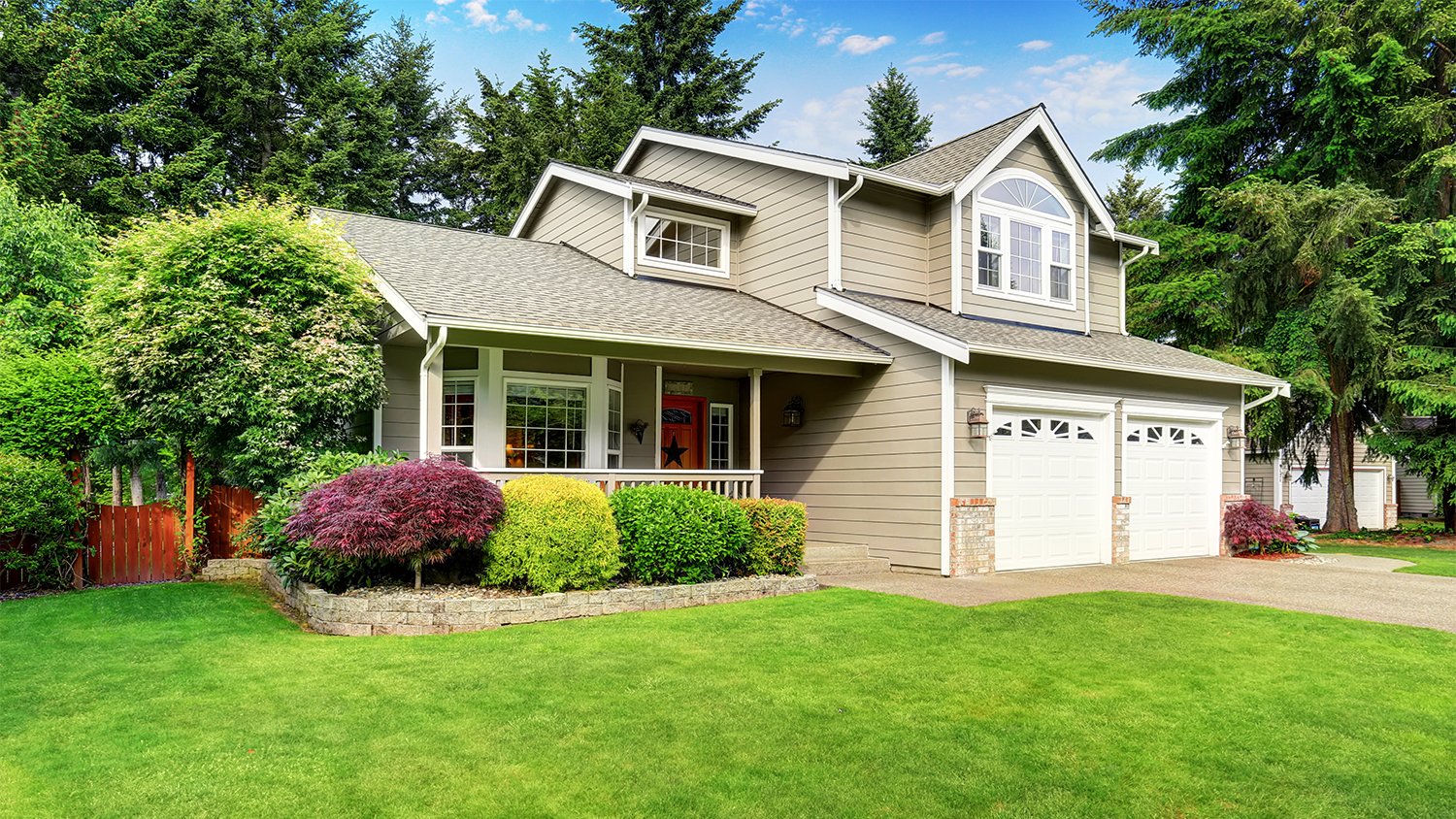
Big, lush trees aren’t just for show; shade can help block out that blistering summer sun from cooking your house. In fact, one study on tree temperatures showed that trees with good coverage can actually lower the temperature by up to 10 degrees Fahrenheit.
Work with a local landscaping pro to select the best types of trees for your yard based on your area. Tall, full trees that block sunlight on the east and west sides of your home will limit heat gain inside the most.
19. Upgrade Your Bedding
Tossing and turning at night is as much uncomfortable as it is tiresome, and keeping cool without the AC makes it just that much harder. One way to stay comfy while you sleep is by upgrading your mattress to a cool model.
There are quite a few things to consider when buying a new mattress. Cool mattresses tend to have better airflow, and some mattresses contain a gel top layer to keep you comfortable and ward off body heat and moisture.
While you’re upgrading your mattress, you might also want to swap the acrylic or polyester blankets for cotton linens, which can help reduce the amount of body heat around you as you sleep. And there’s nothing like flipping your pillow for a bit of coolness, too.





- Furnace Repair
- Air Conditioning Repair
- HVAC Repairs
- Furnace Installation
- Wood & Pellet Stove Repair
- Dehumidifier & Humidifier Repair
- Heat Pump Companies
- Swamp Cooler Repair
- Wood Stove Services
- HVAC Companies
- Commercial A/C Repair
- Geothermal Installation
- Air Conditioning Installation
- Boiler Repair
- 24 Hour Furnace Repair
- Geothermal Repair
- Heat Pump Repair
- Humidifier Installation
- Thermostat Repair
- Thermostat Installation
- Nest Installation
- Heating & Cooling
- Heating Repair
- Furnace Cleaning
- Furnace Tune-Up
- HVAC Technicians
- Subcontractors
- Furnace Maintenance
- Plumbing & Heating Companies
- Wood Stove Inspection
- Mini Split Installation
- Wall Heater Repair
- Duct Installers














